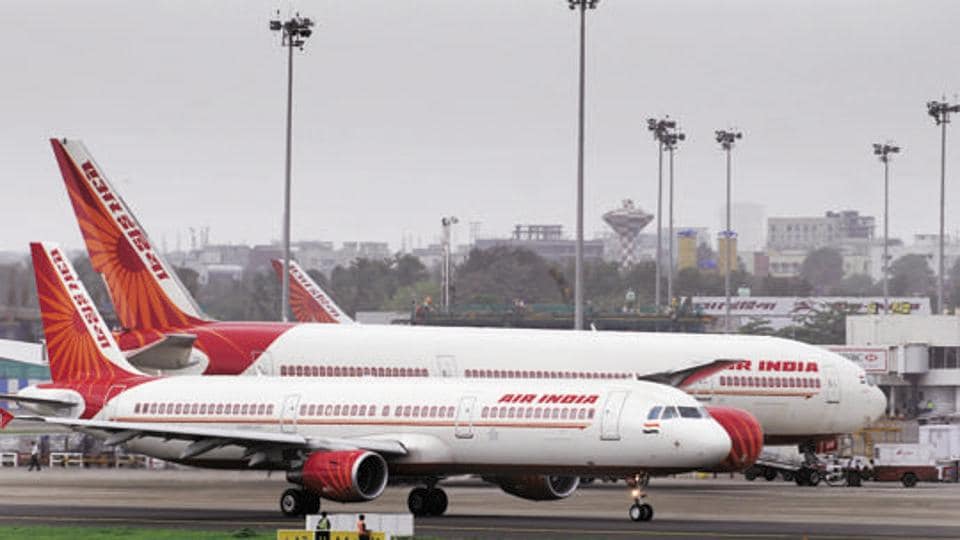Aviation pioneer GR Gopinath makes comeback with Air Deccan, to start disruptive Re 1 tickets
 Manu Kaushik
Manu Kaushik New Delhi Last Updated: December 15, 2017 | 16:33 IST
After staying away from the action for almost three years, G.R. Gopinath, the pioneer of low-cost aviation in India, is making another comeback. His latest venture,
Air Deccan, is all set to start operations soon with flights between Mumbai and Nashik. Air Deccan is one of the five airlines who had bid for the government subsidies under the first phase of the UDAN (Ude Desh Ka Aam Naagrik) scheme in April this year.
Air Deccan was awarded 34 routes by the aviation ministry under RCS (regional connectivity scheme), and it plans to operate
19-seater Beechcraft 1900D, a turboprop aircraft suited for short-haul flights. The airline plans to connect Delhi, Mumbai, Kolkata and Shillong to regional towns in the vicinity of these cities. For instance, Kolkata will connect with places Jamshedpur, Rourkela, Durgapur, Bagdogra, Burnpur, and Cooch Behar.
Air Deccan was supposed to start services in September, as directed by the aviation ministry; but it has missed the deadline by a few months. The airline has been negotiating hard with the Delhi and Mumbai airports for landing and parking slots. Without having connectivity with metro airports, it's economically unviable to operate on regional routes.
It's not that Gopinath was completely missing from the aviation scene. He has been operating charter services Deccan Charters from Bangalore for over a decade. Gopinath also dabbled in air cargo and logistics businesses but none of his ventures were as audacious as the founder of Air Deccan, the first LCC (low-cost carrier) in the country.
Gopinath changed the aviation sector in India forever.
The domination of full-service carriers (FSCs) such as Air India, Jet Airways and Air Sahara was broken with disruptive Re 1 fares by Air Deccan. The idea was to make flying affordable, and offer tickets comparable to train fares. The value-conscious fliers chose Air Deccan over other carriers as fare difference between FSCs and LCCs was huge. At one point, Air Deccan controlled over 20 per cent of the total market share.
Soon, his model was followed by start-up airlines such as IndiGo and SpiceJet. From nowhere in early 2000s, the share of LCCs today stands at 67.7 per cent. Globally, the aviation is a cyclical business. There are phases of booms and contractions. After a stellar beginning, Air Deccan's growth was impeded by several external factors, especially the rise in ATF (aviation turbine fuel) prices. The airline registered losses, and was eventually sold to Vijay Mallya's Kingfisher Airlines which rebranded it as Kingfisher Red, the low-cost arm of the carrier.
Gopinath, a retired captain from the Indian Army, is ready for his next big bet. Air Deccan is going back to its old Re 1 "marketing trick" as it starts operations this month. Typically, the airlines reserve 3-5 per cent of their seats for such flash sales. Since the PLFs (passenger load factors) are never 100 per cent, the flash sales help in filling up empty seats without hurting the bottomline.
For Gopinath, the man who tried his hands in sericulture and hospitality before jumping into the aviation, life has come full circle. While there's not much disruption that he can possibly do this time, the high growth outlook of the passenger traffic gives hope to serial entrepreneurs like Gopinath to make it big if they can play their cards right.










